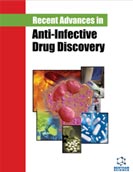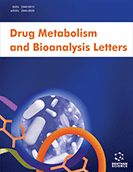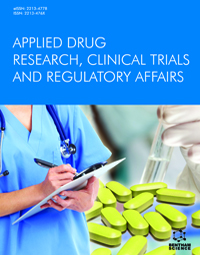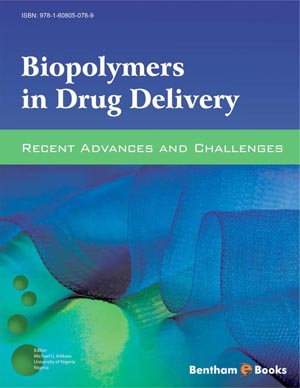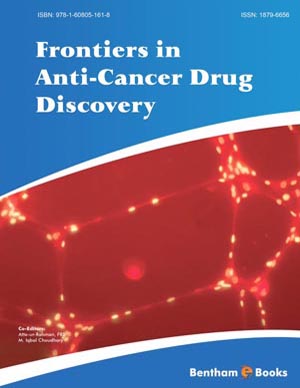Abstract
Tumor progression relies on a constant supply of oxygen and nutrients. Angiogenesis, the formation of neovessel from existing microvessels, is a prerequisite for the growth of many tumors. Significant advances have been made in delineating the interplay between pro- and anti-angiogenic factors that foster an environment that promotes the angiogenic phenotype in tumors. Of these angiogenic regulators, vascular endothelial growth factor-A (VEGF-A) and its cognate receptor, vascular endothelial growth factor receptor-2 (VEGFR-2) have been the most studied.
Various angiogenesis inhibitors (AIs) that target VEGF-A and VEGFR-2 have been developed for use as monotherapy or as part of combination therapies with standard chemotherapy. However, these AIs have thus far produced modest results, in part owing to compensatory pathways that have led to disease refractory.
To overcome refractory to disease, normalization of the tumor vasculature and broadening of the scope of therapeutic targeting are necessary. Furthermore, predictive biomarkers can enhance efficacy by enabling the early detection of resistance as well as the determination of clinical benefit. Herein, the therapeutic approaches that target multiple pathways and components of the tumor microenvironment, as well as those that normalize the vasculature are explored. In addition, the future application of noninvasive imaging to monitor the effects of AIs on the tumor vessels is discussed.
Keywords: Angiogenesis, Bevacizumab, Cancer, Imaging, Immunotherapy, Hypoxia, Vascular endothelial growth factor.









